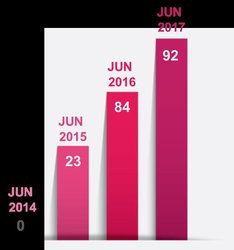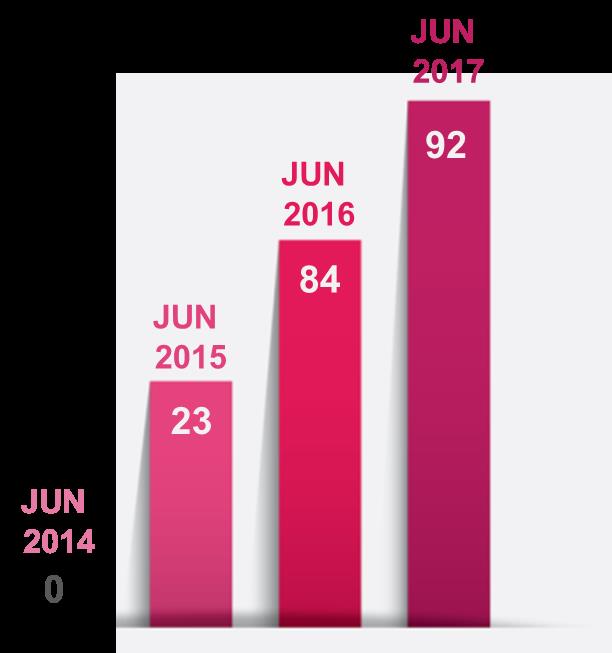
Oct. 23, 2017
By: Patrick L. Moakley, Lenovo
OK, this story isn’t about sports cars, or racing cars, or cars at all. But it is about an engine that has achieved remarkable success in the last three years. Lenovo has quietly roared to the #2 position on the TOP500 with 92 supercomputers on the June 2017 list, up from zero in 2014.
Putting the Petal to the Metal
Lenovo acquired IBM’s x86 server business in 2014, and at that time had no systems on the TOP500. A monumental effort ensued to retain their HPC customer base brought over in the deal, and to leverage the newly acquired technologies, partnerships, and worldwide footprint to expand that base to new customers across the globe.
In order to grow in the HPC space, Lenovo quickly realized they were going to need to partner with the right companies to deliver complete solutions. These include Intel and Nvidia on the compute side, Mellanox and Intel for the interconnect fabric, and IBM for storage. The results speak for themselves.
Lenovo TOP500 Systems

Source: TOP500.org list, June 20017
Key Wins, New Platforms
Through innovation and partnering, Lenovo has been able to secure some key HPC wins, including one at Barcelona Supercomputing Center (BSC) for the MareNostrum 4 supercomputer earlier this year. Working with Intel, Lenovo was able to deliver nearly 3,500 nodes of the new ThinkSystem SD530, running the Xeon Scalable Systems Family of CPUs (aka “Skylake”), prior to the general release of the processor from Intel and the server from Lenovo. They also strung over 60 kilometers of OmniPath cable to connect all those nodes. MareNostrum clocks in at number 13 on the June 2017 TOP500 list. Lenovo also delivered nearly 1,500 nodes to the Italian supercomputer consortium CINECA for their Marconi system. And for storage, Lenovo partnered with IBM to deliver a Distributed Storage Server (DSS) solution to six of the top universities in the US in the first three months of availability.
Research to Help Solve Humanity’s Greatest Challenges
The work being done on those systems is far more important than the number of nodes, or kilometers of cables. BSC is using the new MareNostrum to power research into leukemia, and the DNA mutations associated with it, among other things. CINECA is employing its Lenovo systems to help map the human brain, while the University of Adelaide in Australia is using their Lenovo supercomputer to do quark research on sub-atomic particles. In fact, 12 of the top 15 research universities use Lenovo supercomputers for scientific research that spans astrophysics to weather forecasting and everything in between.
Lenovo has come a long way in a very short amount of time. Their dedication to the unique needs of the HPC customer, and their willingness to push both themselves and their partners on the behalf of those customers has set the company apart. These supercomputers not only can change the world, but will change the world.
Supercomputers from Lenovo are running some of the world’s most important research into some of the today’s greatest challenges, and that trend appears to be accelerating.
